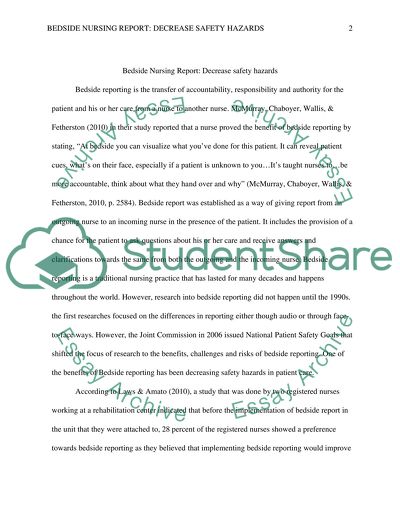Cite this document
(“Bedside Nursing Report:Decrease safety hazards Research Paper”, n.d.)
Retrieved from https://studentshare.org/nursing/1648405-bedside-nursing-reportdecrease-safety-hazards
Retrieved from https://studentshare.org/nursing/1648405-bedside-nursing-reportdecrease-safety-hazards
(Bedside Nursing Report:Decrease Safety Hazards Research Paper)
https://studentshare.org/nursing/1648405-bedside-nursing-reportdecrease-safety-hazards.
https://studentshare.org/nursing/1648405-bedside-nursing-reportdecrease-safety-hazards.
“Bedside Nursing Report:Decrease Safety Hazards Research Paper”, n.d. https://studentshare.org/nursing/1648405-bedside-nursing-reportdecrease-safety-hazards.


